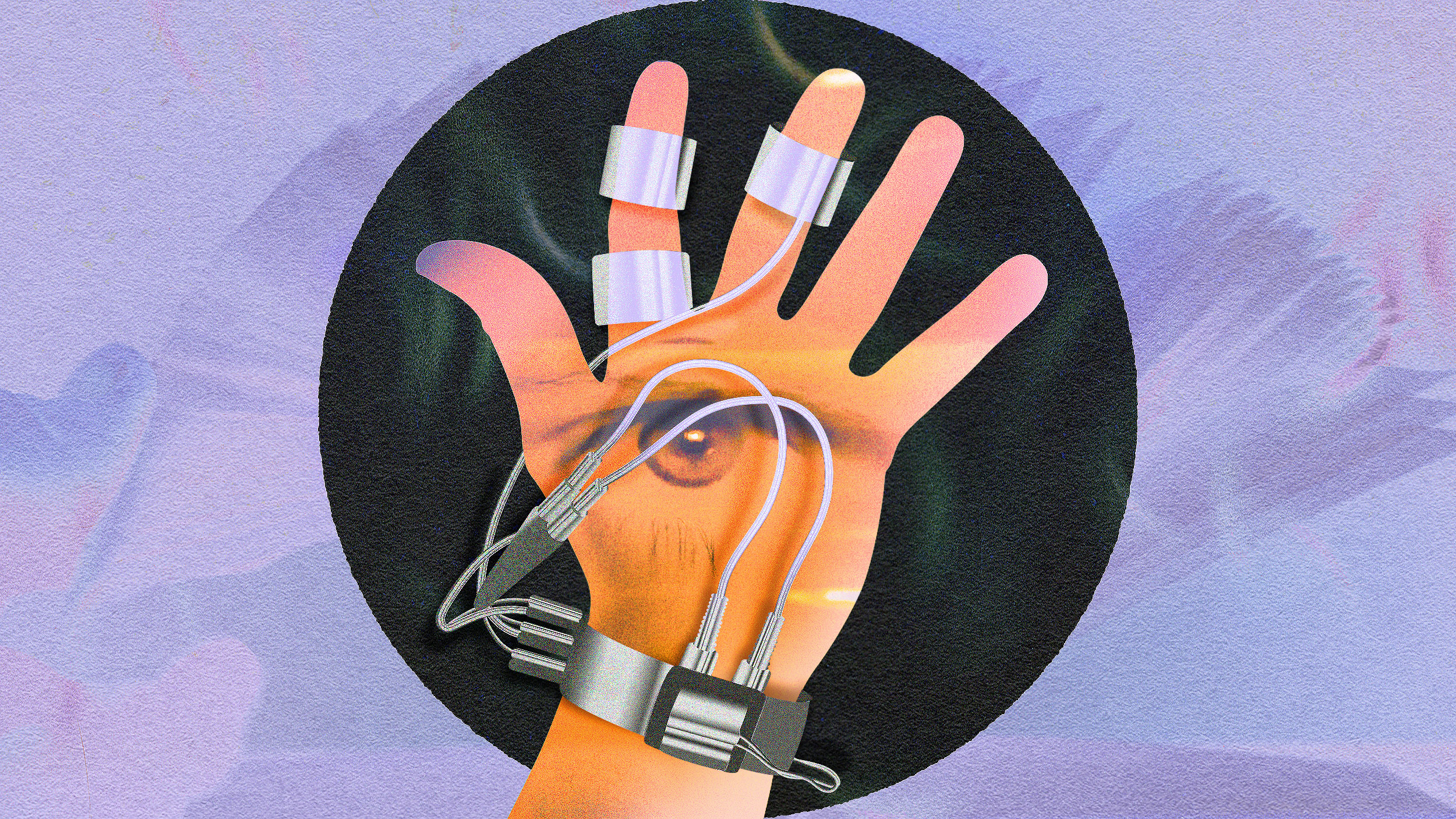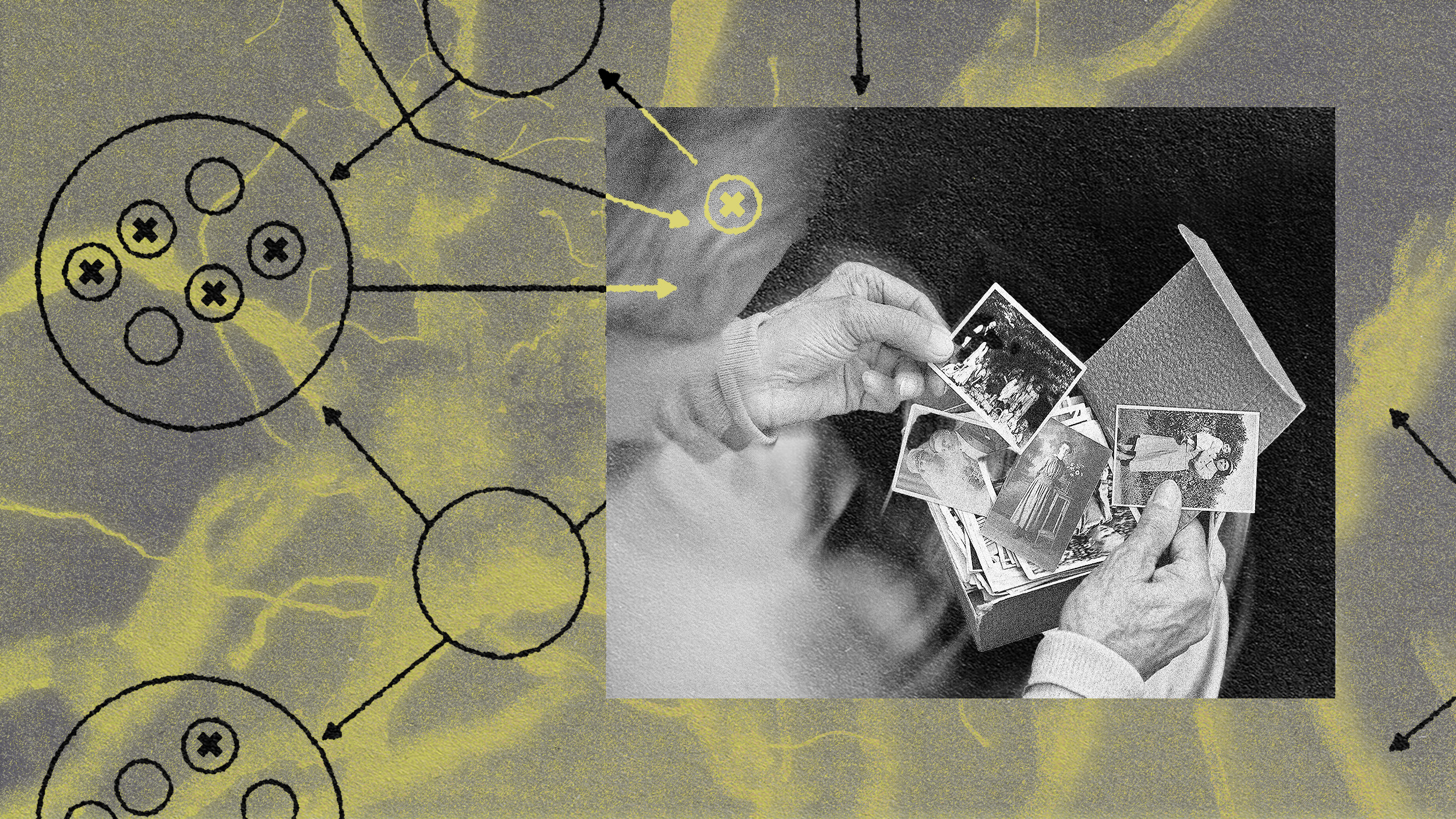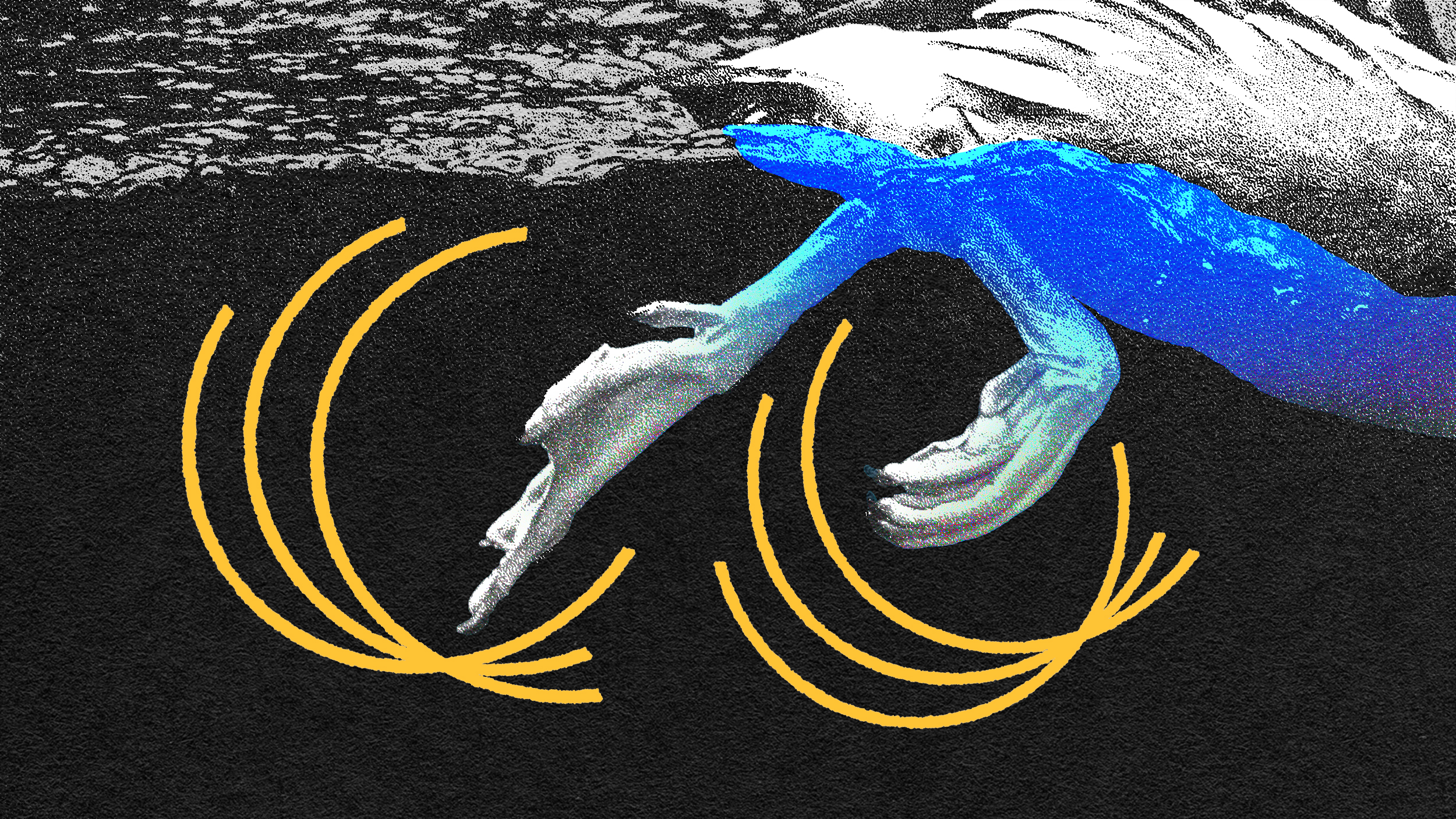4 breathing techniques to get you through high-stress moments

Photo: fizkes / Shutterstock
- Anxiety is triggered environmentally and emotionally, but a physiological response quickly follows.
- Calming breathing techniques help to tamp down the physiological response of anxiety.
- The following four exercises are known to help calm anxiety and develop focus.
Stressed? Use This Breathing Technique to Improve Your Attention and Memory, with Emma Seppälä.
Alternate Nostril Breathing
Emma Seppälä, science director at Stanford Center For Compassion And Altruism Research And Education, says American culture values intensity yet undervalues calmness. We never shut off. While intensity has its place, every animal in nature inherently knows the necessity of rest in order to store up energy for when it’s actually needed. Americans are careless with our energy reserves, which is why so many of us are chronically tired, overworked, and stressed out.
Seppälä knows that breathing changes our state of mind. She recommends a popular yogic breathing technique, nadi shodhana, also known as alternate nostril breathing.
Place the index and middle fingers of your right hand on your forehead. Use your thumb to close your right nostril while inhaling through the left nostril, then close the left nostril with your ring finger and exhale through your right nostril. Repeat this for at least two minutes, then sit quietly for another minute or two, breathing normally.
There are many variations of this technique. My favorite is a four-cycle breath: inhale for a count of four through one nostril, retain your breath for a count of four, exhale for four, hold your breath out for four. If you’re new to this breathing technique, retention might initially create more anxiety than it relieves, so try the basic inhale-exhale pattern until you can last for at least five minutes before moving onto breath retentions.
Mind Hack: Combat Anxiety with This Breathing Techniquewww.youtube.com
Power Breath
Game designer and author of “Superbetter,” Jane McGonigal, recommends the Power Breath: exhale for twice as long as you inhale. She says this will shift your nervous system from sympathetic to a parasympathetic tone—you’ll calm down. Simply sit comfortably, close your eyes, and begin by inhaling for a count of four and exhaling for a count of eight.
This is also a popular yoga breathing technique. As with nadi shodhana, it can initially kick up rather than diminish anxiety. If you find long exhales challenging, begin by inhaling and exhaling at an even rate: a count of four in both directions. Then try to slowly increase your exhale to a count of five, six, and so on. Longtime practitioners can inhale for a count of four and exhale for a count of 50. As with any muscle, you can train your breathing. The benefits are immense.
Breathing Techniques to Help You Relaxwww.youtube.com
Focus Word Breathing
Lolly, a Mind-Body Specialist at the University of Maryland Heart Center, offers what she calls Focus Word Breathing. Traditionally, this is known as Mantra meditation. Choose a word that has meaning to you—calm, grace, ease—and repeat it during every inhalation and exhalation. As your mind wanders, the word becomes a sort of flagpole that you’ve mentally planted to bring you back to this moment.
As a former sufferer of anxiety disorder, I remember how important my thoughts were when having a panic attack. The power of the physiological symptoms increased when I dwelled on negative thoughts. This spiral felt like being sucked into a vortex. By contrast, when I was able to redirect my thinking, the symptoms lessened.
Mantra meditation never completely worked during an attack. By that point, my physiology had been hijacked. But as a regular practice, this breathing technique is powerful. Think of it as training for the big game of life. You teach yourself to focus on beneficial words. Your attention goes where thinking leads you, but you also have control of your thoughts. By integrating a mantra with breathing, you’re priming your mind to focus at will.
How to do Viparita Karani (Legs Up the Wall) w/ AnaMargret Sanchezwww.youtube.com
Deep Belly Breathing
This exercise is commonly used by yoga instructors to bring their students into Corpse Pose (Savasana). Place your hands over your stomach while lying down and focus your attention there. Take deep, even breaths into your hands. As with the last technique, focus your mind there. Relax the muscles at your extremities: your toes, fingers, and forehead. Allow yourself to melt into the floor.
I love doing this breath while in Viparita Karani, otherwise known as Legs Up the Wall posture. The video above explains how to enter this pose; a blanket or pillow under your lower back makes the posture comfortable. Once there, I practice deep belly breathing. This technique always calms me down. I’ve recommended it to friends suffering from insomnia; they all responded with positive anecdotal feedback.
—
Stay in touch with Derek on Twitter, Facebook and Substack. His next book is “Hero’s Dose: The Case For Psychedelics in Ritual and Therapy.”





